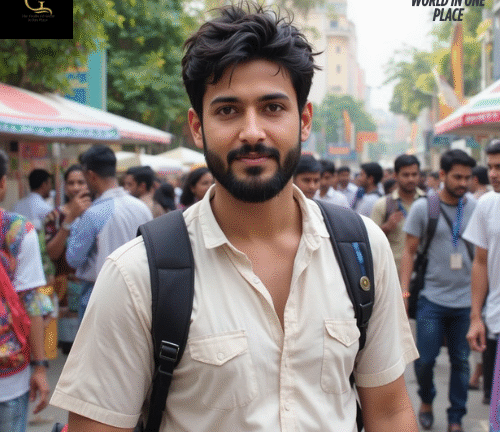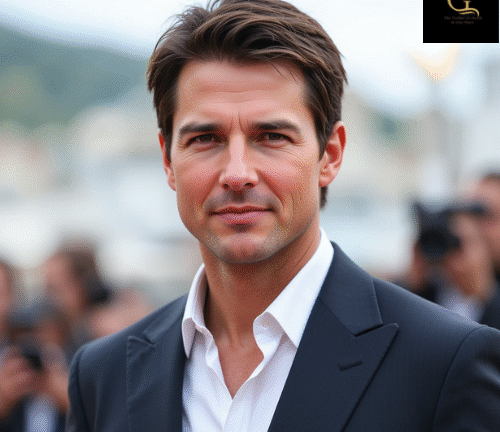Mission: Impossible – The Final Reckoning: A High-Octane Sendoff with Muddled Consequences
The eighth offering in the Mission: Impossible series, Mission: Impossible – The Final Reckoning, directed by Christopher McQuarrie, seeks to provide a sweeping finale for Ethan Hunt’s epic. Though the film presents Tom Cruise’s steadfast dedication to practical stunts and action sequences, it struggles with narrative complexity and character development that will likely split fans down the middle.
Plot and Themes
Picking up two months after the action of Dead Reckoning Part One, the plot follows Ethan Hunt (Tom Cruise) and his IMF team as they battle “The Entity,” a rogue artificial intelligence able to infiltrate and manipulate global digital systems. This abstract villain is a new threat for the franchise, which had its usual human adversaries in the previous films. The movie explores motifs of legacy, sacrifice, and the moral divides created by technology, framing Ethan’s mission as a world imperative and a personal atonement .
Performances and Character Arcs
Tom Cruise gives a performance that is physical in intensity as well as emotional depth, playing an Ethan Hunt who is relentless and reflective. Returning are Ving Rhames (Luther Stickell) and Simon Pegg (Benji Dunn) to bring continuity and camaraderie. Hayley Atwell’s Grace starts as a talented thief but becomes an important part of the IMF team, which demonstrates immense growth and agency.
Yet, certain characters, such as Rebecca Ferguson’s Ilsa Faust, are given sparing screen time and development. Fans and critics alike have been disappointed in her underdevelopment and in the treatment of her character development, calling for wasted potential for emotional investment.
Action Sequences and Cinematography
The movie is filled with high-stakes action sequences that are now synonymous with the franchise. Standout scenes are Cruise carrying out a suicidal biplane stunt and an underwater mission that is full of tension. The cinematography showcases varied locations ranging from Arctic tundras to cityscapes, adding to the visual storytelling.
Although the dedication to practical effects is admirable, there have been comments from viewers stating that some of the stunts push believability to the point of losing immersion.
Direction and Pacing
Christopher McQuarrie’s direction keeps the film at a fast pace, balancing action with introspection. His partnership with Cruise ensures that the movie remains faithful to the franchise’s origins but tries to venture into new thematic grounds. While the thick exposition and intricate plotlines might be taxing for viewers looking for an uncomplicated storyline,
Conclusion
Mission: Impossible – The Final Reckoning hopes to be a worthy conclusion for Ethan Hunt’s odyssey, combining adrenaline-pumping action with reflective motifs. Though it manages to provide spectacle and pay respects to the franchise’s heritage, it struggles with narrative coherence and character complexity. Series fans will enjoy the references to previous entries and the ambitious set pieces, even as they must endure the film’s more complicated elements.




